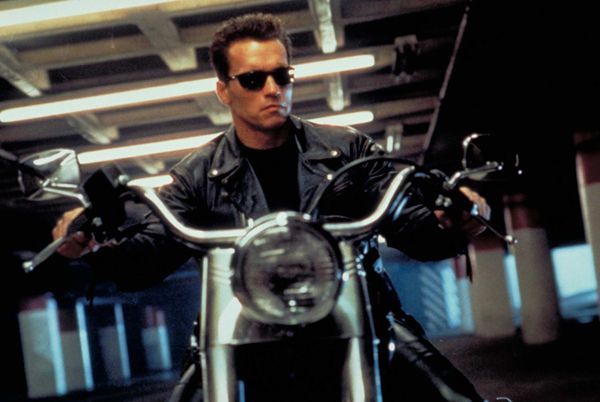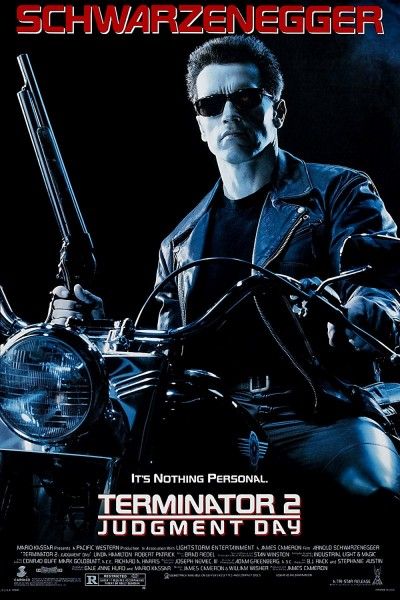For all these highlights and more, hit the jump.
For Camerons revealing thoughts on the writing process behind his soon-to-be-in-productionAvatartrilogy,click here.
I would go out at night to all these 24-hour diners and sit and write.

I had no money.
It made a difference.
Because I was already isolated - basically just a sad dark isolated human being…

There was an innocence to it in a funny way.
I was the anonymous angry wannabe filmmaker.
I think there’s actually some kind of strength and courage that comes from that.

You get encumbered by expectations and business relationships and all that stuff.
I was like a free voice in the wilderness at that point.
Cameron on casting Arnold Schwarzenegger:
Cameron:It was interesting.
It’s just a book of headshots of actors.
I was flipping through it and I remember stopping and circling Arnold as a really interesting face.
I thought iconically he could be a really interesting Terminator.
He was put forward to play Kyle Reese - who was ultimately played by Michael Biehn.
It’s a very verbal character.
Reese basically explains the entire future world and everything.
I thought [casting Arnold as Reese] was a really dumb idea.
He’s not right for that character.
What I found was Arnold was incredibly charismatic and focused and smart.
I thought let’s hang a left turn here and explore that idea.
He doesn’t have much dialogue but he is the title character…
I know he’s not on screen much…
But he’s the title character.
And that went on for twenty minutes.
The agent turned us down.
Then Arnold fired him.
And the next day we had a deal.
I wanted to create a kind of everywoman.
Everybody always talks about the ‘everyman’ but I wanted to create an everywoman.
We see her change a great deal in the film.
You’ll notice that all of her support structures get peeled away.
Her roommate, who’s obviously a close friend.
The roommate’s boyfriend, who the big strapping guy that might have protected her.
I like the idea that this epic story could be told in these small-scale terms.
I got incredibly lucky with Linda [Hamilton].
We weren’t thinking in terms of a sequel.
It works on a narrative level perfectly because she becomes an externalization of her own anguish.
We were proud of doing more for less.
We thought that was our competitive edge as filmmakers.
The visual effects were done dirt-cheap and we used every trick in the book.
We knew all the classic tricks and we made up a few of our own.
So that’s pretty low budget considering how ambitious the film is.
WithTerminator 2, I had made a couple films, which had gotten progressively larger.
But it was quickly followed byTerminator 2– which I think was.
Obviously that was the T1000.
That was really a milestone in CG.
Except we take it so for granted now.
I think the CG holds up.
you’re free to do it better now but it’s not an embarrassment.
I’ve let it go.
There was a point in time where I debated going after the rights.
Carolco Pictures was failing and in bankruptcy and the rights were in play.
I talked briefly to 20th Century Fox about it.
I really wasn’t that interested.
I felt like I’d told the story I wanted to tell.
And the outcome was fine.
The rest of my career really hinged on that.
But I no longer had control of it.
And then David Ellison took the project over from Megan and he and I met a couple times.
Arnold is very much front and center in the new Terminator films.
Canon – a very low budget film company back in the 80s – had had it briefly.
Nobody had really done anything with it.
Marvel characters in general weren’t being developed very well at that time.
I got Carolco Pictures to buySpider-Man.
I was going to launch that as a series of films.
When I was a kid: to me there were all the superheroes and then there wasSpider-Man.
So having not gottenSpider-Man, it’s not like I’m looking around for the next comic book character.
Click herefor all our previous James Cameron articles.